How to build a sourcing brief
)
When you engage with a new factory or producer to develop a range for you, the quality of your sourcing brief will have a significant impact on the efficiency and success of your new product development (NPD) process. By being clear and detailed upfront, you will also ensure everyone's expectations are clear and be able to select the right production partners to work with.
Nailing the basics

The most obvious part of a sourcing brief is what you want the product to actually look like. This can take differing forms depending on the design capabilities you or your partner factory has in order to visualise the products. If you are designing a product yourself, make sure you clearly mark the designs as your intellectual property and keep records of when they were developed and shared.
If you can’t create designs, you need not fear as a lot of producers now have in-house design capabilities and all you need to do is give them inspiration and direction. This can be done through a variety of mediums such as imagery and swatches, however it is critical you make it clear that any products referenced are for inspiration only to avoid any copyright issues.
Practicalities, pricing and packaging


Once a design is agreed you can get into some of the more practical details of the brief. Firstly, the product type will dictate what substrate you are going to make it in and what finishes will you be applying. Most factories will have options you can choose from - it is often worth asking them to rank these in terms of cost, popularity and practicality to help you understand what to pick, and also to keep it in line with your specific objectives.
You then need to decide the volume or amount of the product you want to buy. Many factories will have a minimum order quality or volume (MOQ/MOV) so asking up front what this is will help you narrow down who you can work with, but also allow the factory to quote accurately on a cost price. If you are unsure of what volume you will need, you might want to consider looking at equivalent products you might sell - even if it's from a different brand or if you have physical space to sell it from, working out how many might fit on a fixture.
You also should work out what retail price you want to sell the product for so you can include a target cost in your brief. Being upfront about this means no time is wasted developing an over spec’d product or the factory can advise you will need to buy a higher quantity to lower the cost.
Other things you should detail in your brief include packaging requirements and spec for both the product and your outer shipping packaging. Additionally, any testing or compliance requirements and who will be responsible for this need to be confirmed. When confirming, it's important that key dates from your critical path are explained, so the supplier is clear on what season you are aiming for.
By sharing a document with all this detail with potential suppliers you will be able to also cross quote and compare factories. Keeping aligned to your sourcing brief throughout the process should deliver the best results, enhance your experience and avoid any nasty suprises along the process!

